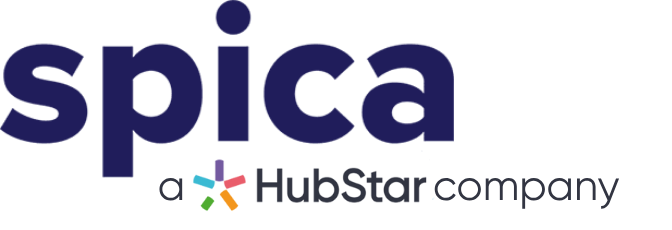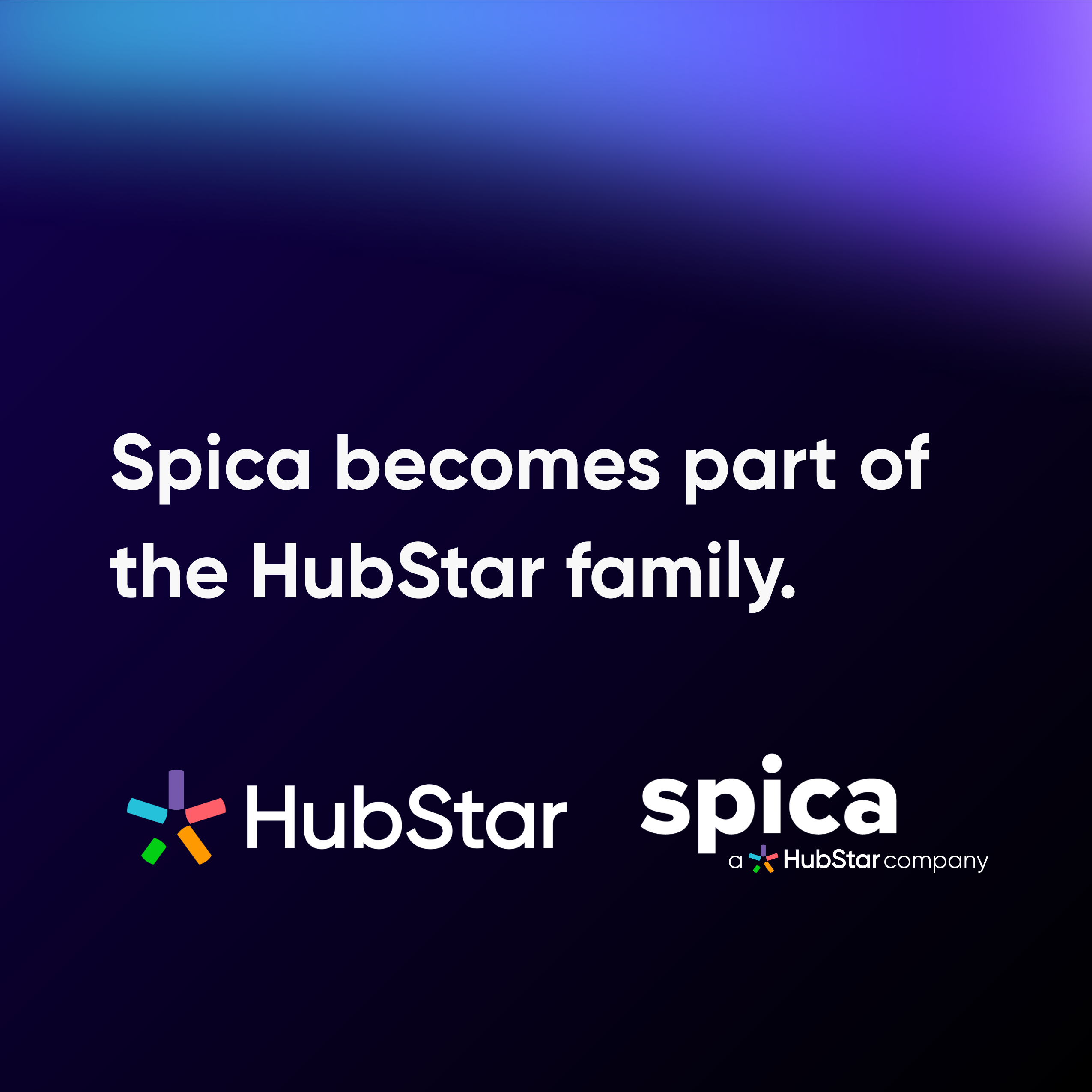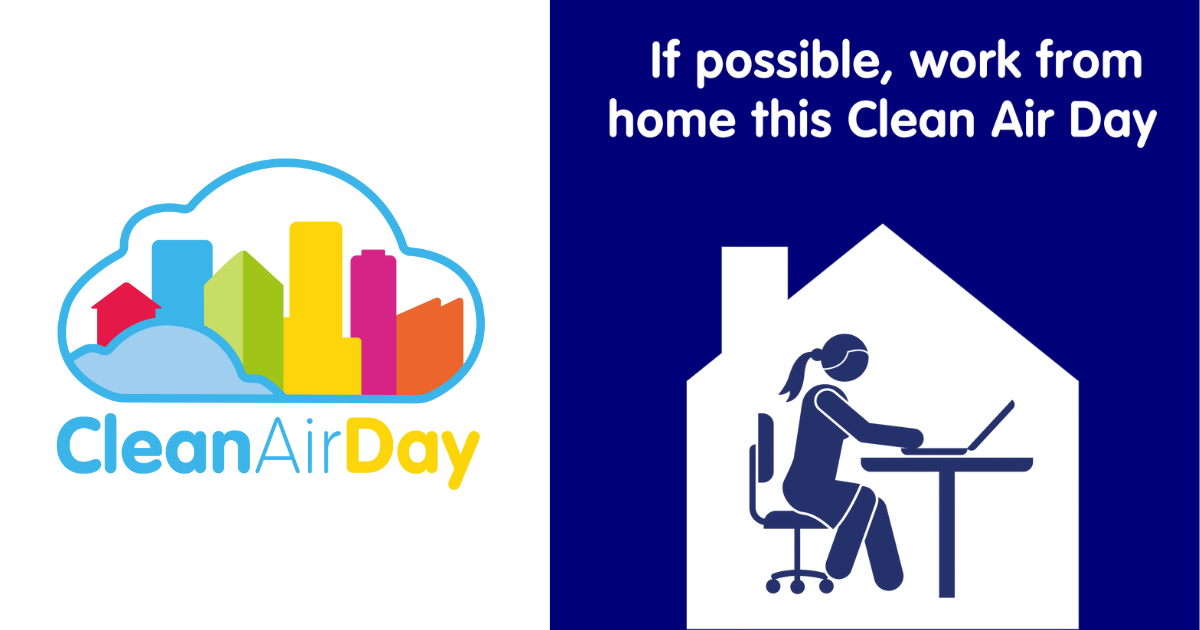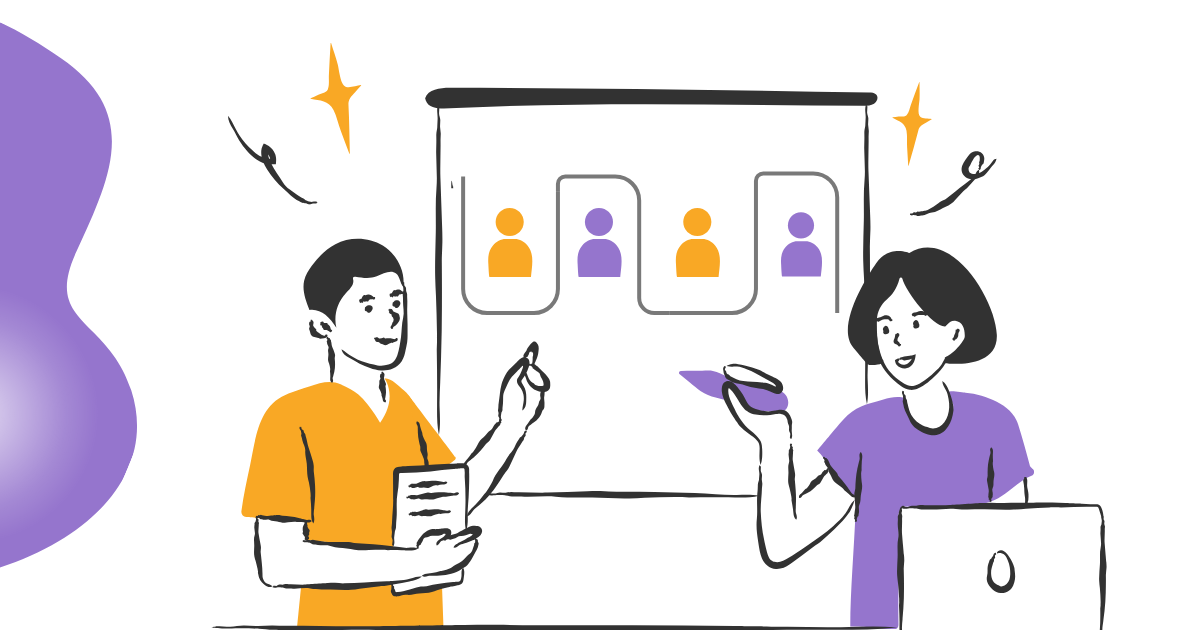The modern workplace is undergoing a transformation, driven by the rise of hybrid work models. This shift involves a renewed focus on workplace analytics and employee wellbeing. By leveraging data and fostering a supportive environment, organisation can navigate the complexities of hybrid work while ensuring the health and satisfaction of the workforce.
The Role of Workplace Analytics
Workplace analytics involves the systematic collection and analysis of data related to employee performance, engagement, and collaboration. According to McKinsey, organisations that adopted robust analytics to track performance saw a 48% increase in job satisfaction among their employees.
In a hybrid work model, these insights become crucial for several reasons:
- Performance Management: Monitoring employee performance through outcomes rather than physical presence helps in setting clear expectations and accountability. The approach drives results-orientation where employees learn to manage time and resources efficiently.
- Collaboration and Connectivity: Data can reveal how teams interact, highlighting areas where communication and collaboration can be improved. This is particularly important in hybrid settings, where maintaining connections across remote and in-office employees can be challenging .
- Employee Wellbeing: Analytics can also track factors related to employee wellbeing, such as workload, work-life balance, and stress levels. By identifying trends and outliers, organisations can proactively address issues before they escalate.
Types of Workplace Analytics to Adopt
To optimise both performance and wellbeing, organisations can implement the following types of workplace analytics:
- Occupancy Analytics: Track the usage of physical spaces within the office. By understanding space utilisation, companies can create a more comfortable and adaptable work environment. This can prevent overcrowding, ensure adequate space for collaboration, and improve factors like air quality and lighting that directly impact comfort and health.
- Booking Analytics: Monitor the usage of resources such as meeting rooms and shared spaces. Efficient booking systems reduce the frustration of double-booked rooms or unavailable resources, contributing to a smoother workday.
- Portfolio Analytics: Assess the performance and utilisation of an organisation’s entire property portfolio. This helps ensure that employees have access to well-maintained and appropriately located workspaces, whether in a single office or across multiple sites. Additionally, it optimises real estate assets to support both cost savings and employee satisfaction.
- App Analytics: Track how employees interact with workplace apps and tools. This data can inform decisions about providing employees with useful content and improving the features they use most frequently, enhancing their overall work experience. For an in-depth look at how app analytics can enhance employee engagement by tracking interactions with workplace apps and tools, New Relic offers a detailed guide on application analytics.
Fostering Wellbeing in a Hybrid Environment
Workplace wellbeing has many different aspects such as physical state, mental health and emotional wellness. Below are some of the major ways through which worker’s wellbeing can be improved in a hybrid environment:
- Flexible Work Practices: Implementing flexible work practices that allow employees to choose where and when they work can significantly improve job satisfaction and reduce burnout. Clear guidelines and consistent communication are essential to avoid ambiguity and ensure everyone is on the same page.
- Building Trust and Togetherness: Trust is foundational to a healthy work environment. Managers can build trust by being reliable, open, and supportive. Creating opportunities for team bonding, both virtually and in person, helps maintain a sense of community.
- Purposeful In-Person Interactions: Encourage employees to come into the office for specific, purpose-driven activities such as brainstorming sessions, strategic meetings, or team-building exercises. This approach maximises the value of in-person interactions while respecting the benefits of remote work.
- Supportive Leadership: Leaders should model hybrid work behaviours, showing flexibility and empathy. Regular check-ins and open communication channels help leaders stay connected with their teams, providing the support needed to navigate the hybrid work landscape .
- Continuous Improvement: Organisations should adopt a test-and-learn mindset, regularly assessing what works and what needs adjustment. Gathering feedback through surveys and informal check-ins allows for data-driven decisions that enhance both performance and wellbeing.
Conclusion
As hybrid work becomes the norm, integrating workplace analytics with a strong focus on employee wellbeing is crucial for organisational success. By using data to inform strategies and fostering a supportive, flexible work environment, companies can enhance both productivity and employee satisfaction.













